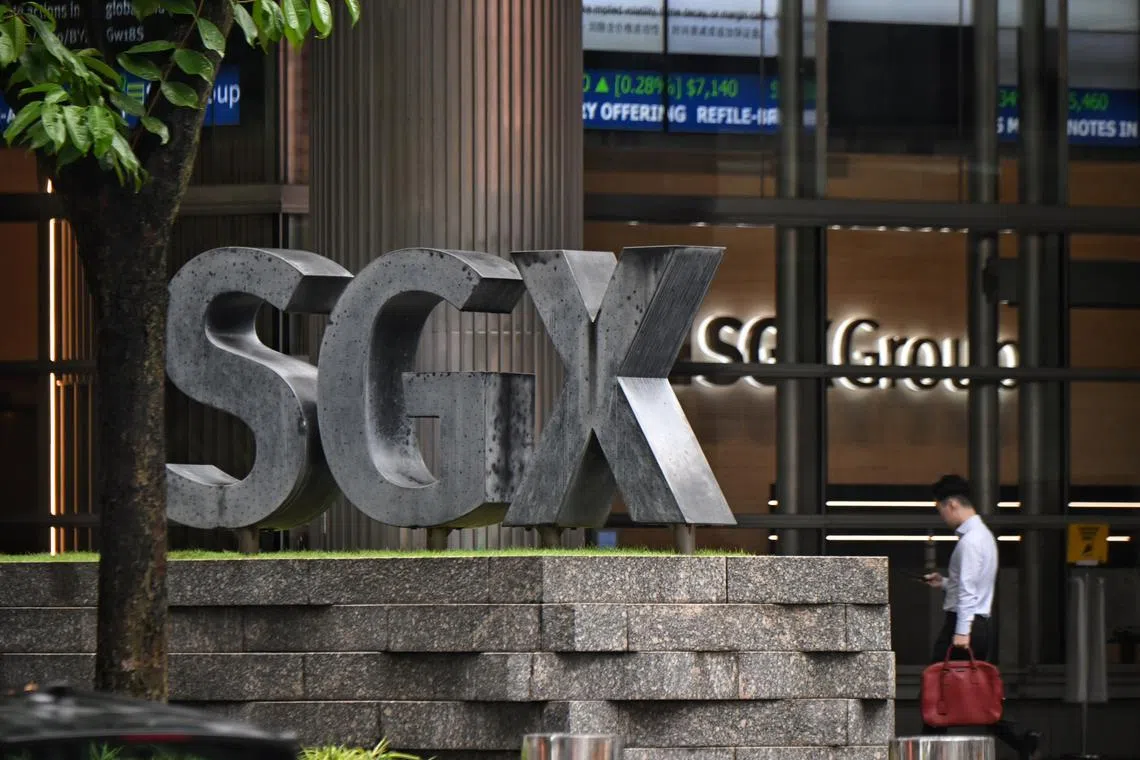Singapore, regional equities follow Wall Street lower; STI falls 0.4%
Sign up now: Get ST's newsletters delivered to your inbox

The outcome here was a fall of 0.4 per cent or 10.96 points to leave The Straits Times Index at 3,139.47.
PHOTO: ST FILE
Yong Jun Yuan
Follow topic:
SINGAPORE – Better-than-expected economic data posted in the United States overnight raised the spectre of more interest rate hikes there and put the cat among the pigeons in markets across the region.
The outcome here was a fall of 0.4 per cent or 10.96 points to leave the Straits Times Index (STI) at 3,139.47 on Friday, while losers outstripped gainers 303 to 240 after 1.32 billion shares worth $1.03 billion were traded.
IG market analyst Yeap Jun Rong noted that resilient US labour market conditions and persistent services sector prices were not well received by Wall Street, which, in turn, hit sentiment here.
He said the US jobs data and the US Institute for Supply Management (ISM) services purchasing managers index came in stronger than expected.
“Given that the Fed has previously expressed its unease over services inflation, the persistence in services prices from the ISM data further challenged the pace of progress in inflation,” Mr Yeap added.
Wall Street responded by recording its worst session since May, with shares and bonds sold off amid fears of more interest rate hikes.
The S&P 500 and the tech-heavy Nasdaq each retreated 0.8 per cent, while the Dow Jones Industrial Average dropped 1.1 per cent.
The Australian bourse endured its worst week since September last year after it fell 1.7 per cent to a three-month low and closed down 2.2 per cent for the week.
Regional markets were also in the red. Japan’s Nikkei 225 and South Korea’s Kospi both shed 1.2 per cent, while the Hang Seng in Hong Kong fell 0.9 per cent.
DFI Retail Group was the largest gainer on the STI, rising 4.3 per cent to US$2.66, while CapitaLand Integrated Commercial Trust was the worst, falling 2.1 per cent to $1.86.
The three local banks – DBS, OCBC and UOB – fell by between 0.1 per cent and 0.4 per cent. THE BUSINESS TIMES

